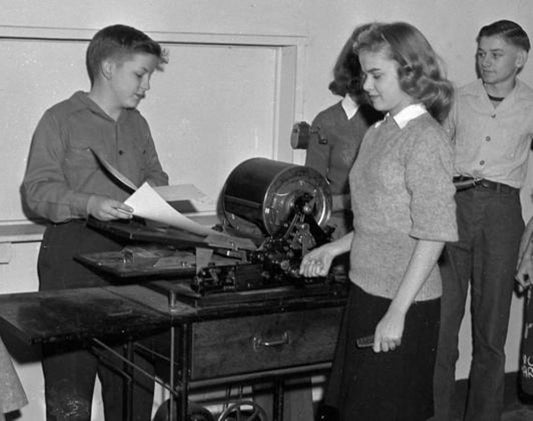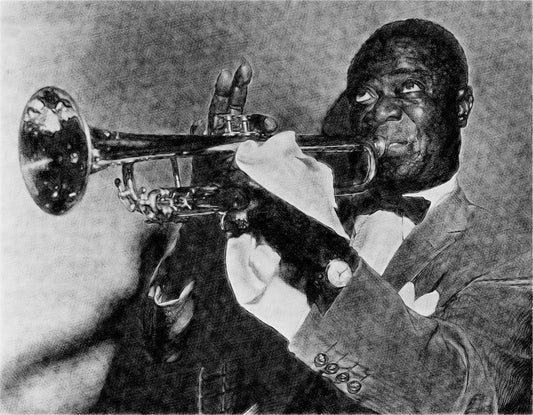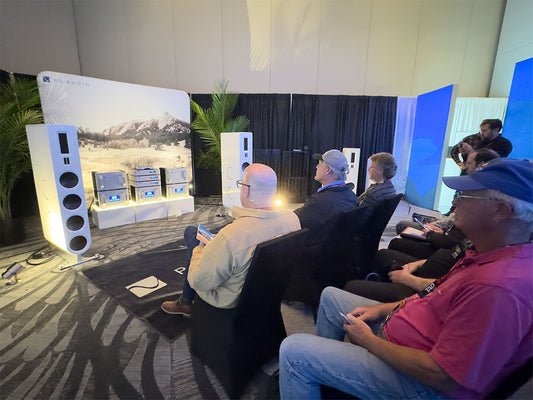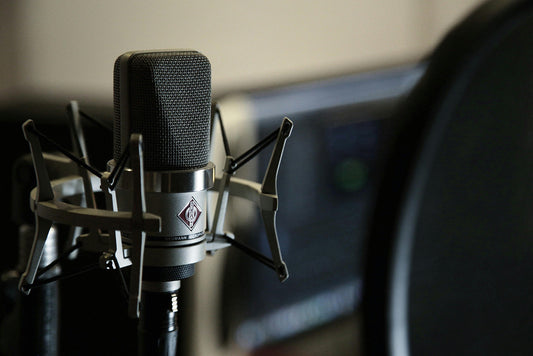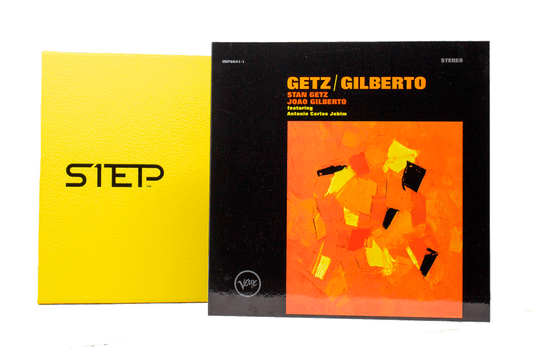Recommendations
by Paul McGowan
One of the primary motivators for our launch of PS Audio speakers is a sad but simple truth. There are so few speakers we can recommend in good faith.
This may come as a shock but it happens to be the truth.
Yes, there are some great speakers on the market but the really great ones are either astronomically priced or impractical in people's homes. How many folks could agree to a 4-piece behemoth like the IRSV, tolerate large panels in the living room, get their significant other to accept the towering likeness of a pterodactyl or escapee from a sci-fi movie, or afford some of the crazy prices in our industry?
For years we have been asked by our customers for recommendations of what to pair with their PS equipment. And for as many years we have shrugged our collective shoulders. Some speakers are affordable but require so much in the way of setup and room correction as to be essentially untenable. Others sound good but haven't the ability to resolve fine details. Still others are detail oriented but require so much in the way of extras like a pair of subwoofers that cost more than the speakers, or cabling as expensive as the electronics, that they are non-starters.
I suppose it was inevitable that we make our own speakers—as inevitable as making our own amps, preamps, and DACs.
We know part of the fun of hifi is the mixing and matching of the best from each company. Yet, we also know there's more than a few among us that simply want the best sounding system possible without all the trial and error.
Our upcoming speakers won't be for everyone.
At least I hope not.
We're building products we love.
- Choosing a selection results in a full page refresh.
- Opens in a new window.


